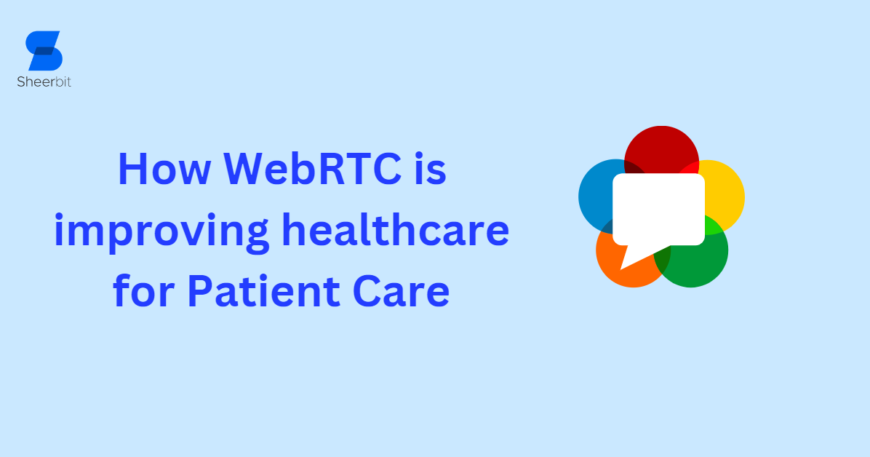WebRTC (Web Real-Time Communication) is a powerful technology that enables real-time audio, video, and data communication directly between web browsers or mobile applications. It offers several benefits for doctor and patient communication, enhancing the healthcare experience in various ways.
Here are some ways in which WebRTC can be helpful:
1. Remote Consultations:
WebRTC allows doctors and patients to conduct virtual consultations, eliminating the need for physical visits. Patients can connect with their doctors from the comfort of their homes, reducing travel time and expenses. This is particularly beneficial for patients who have limited mobility or live in remote areas with limited access to healthcare services.
2. Real-Time Communication:
With WebRTC, doctors and patients can communicate in real-time using high-quality audio and video. This enables a more personalized and interactive experience, as doctors can see and hear patients directly, facilitating accurate diagnosis and treatment.
3. Secure Data Transmission:
WebRTC employs robust encryption protocols to ensure the secure transmission of patient data during online consultations. This helps protect sensitive medical information, maintaining patient confidentiality and privacy.
4. Collaboration and Second Opinions:
WebRTC facilitates collaboration among healthcare professionals, allowing doctors to consult with colleagues and specialists remotely. This can be particularly useful for seeking second opinions or discussing complex cases, leading to better decision-making and improved patient outcomes.
5. Telemonitoring and Remote Patient Care:
WebRTC can support remote patient monitoring, enabling doctors to monitor patients’ vital signs and health conditions from a distance. Patients can transmit data in real-time, such as blood pressure readings or glucose levels, allowing doctors to provide timely guidance and adjustments to treatment plans.
6. Follow-up and Post-Operative Care:
WebRTC can be utilized for post-operative follow-up appointments, reducing the need for patients to visit the hospital frequently. Doctors can assess patients’ recovery progress remotely and provide necessary guidance or modifications to treatment plans.
7. Improved Accessibility:
WebRTC helps overcome geographical barriers, making healthcare services more accessible to individuals in remote or underserved areas. Patients can connect with healthcare providers who specialize in their specific conditions, even if they are located far away.
Here are some specific examples of how WebRTC is being used for doctor-patient communication:
1. Virtual visits:
WebRTC can be used to conduct virtual visits, where patients can see their doctor face-to-face without leaving their homes. This is a convenient and cost-effective way for patients to receive care, especially for those who live in rural areas or who have difficulty traveling.
2. Teleconsultations:
WebRTC can also be used for teleconsultations, where doctors can consult with other healthcare professionals about a patient’s case. This can be helpful for cases that require a second opinion or for cases that involve multiple specialists.
3. Remote patient monitoring:
WebRTC can also be used for remote patient monitoring, where doctors can track a patient’s health data in real time. This can help doctors to identify and manage health problems early on, and it can also help patients to stay compliant with their treatment plans.
Overall, WebRTC facilitates convenient, secure, and real-time communication between doctors and patients, enabling remote consultations, enhancing collaboration, and improving the accessibility of healthcare services. It plays a vital role in expanding telemedicine and telehealth capabilities, ultimately benefiting both healthcare providers and patients.





